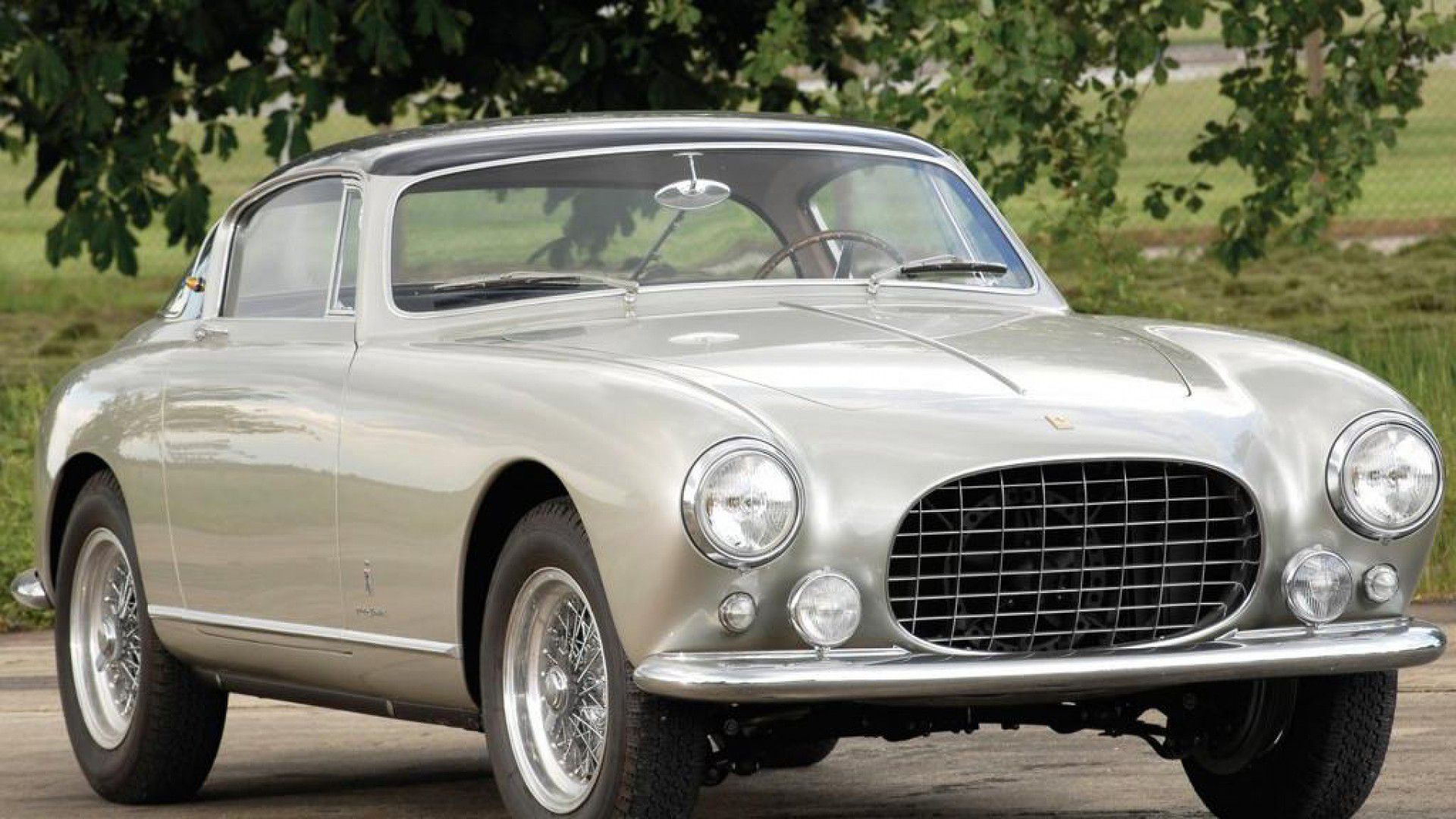Ferrari 250 Europa GT
The 250 Europa GT was a sports car built by Ferrari in 1955.
It was presented at the Paris Motor Show in 1954 and replaced the 250 in Europe. In the beginning was also named "Europe 250", but was later added "GT" to distinguish the two series. These latter two models were however very similar, and the most important aesthetic difference was the distance between the front fender and the windscreen pillars. Was also similar to the 375 America
But what most distinguished the two models was the engine. The "Europe 250" V12 engine mounted in fact a "long" designed by Aurelio Lampredi, while the "250 GT Europa" had installed a V12 "short" designed by Gioacchino Colombo, and already used for other Ferrari models. Due to shortening of the size of the engine, it was possible to shorten the wheelbase of 200 mm to 2600 mm Total arriving without reducing the space in the cockpit. He was also increased track width of 29 mm. Another element that distinguished the "250 Europa GT" compared to the "Europe 250" was the frame. The latter on the "250 GT Europa" was formed by two main tubes placed longitudinally with transverse reinforcement to the cross and external media on which was mounted the body. These main frame tubes in fact passed over the rear axle and below as the "250 Europa/375 America”.
Almost all models had to drive on the left, except a specimen.
The "250 Europa GT" was the reference point for Ferrari road cars that followed, thanks to the homogeneity in its construction. From this model the designer Pininfarina became almost unique to the Ferrari series. In addition, the modifications to the engine and chassis of this model would have paved the way to road cars Ferrari for ten years, under the generation of models of class "250 GT"
The V12 engine was a 60 ° longitudinal front mounted. She had a displacement of 3 L and it was totally different from the one installed on 250 Europe. It was an evolution of the engine "short" designed by Gioacchino Colombo and had a displacement of 2963.45cc engine with a bore and stroke of 68 mm. The compression ratio was 8:1. The power supply consisted of three double-choke Weber carburettors 36 or 42 DCZ, front and distributor installed horizontally. The distribution was SOHC with two valves per cylinder. The lighting was single with two coils. The wet sump lubrication while the twin-plate clutch was. The power output was 200hp at 6300 rpm.
The difference between propeller "long" installed on the 250 Europa (designed by Aurelio Lampredi) and "short" mounted "250 Europa GT" (designed by Gioacchino Colombo) is not trivially resided in size, but there were different technical characteristics. The first had cylinder liners screwed into the cylinder head, and had therefore most in need of space relative to the engine designed by Columbus. The latter in fact had a shirt of cylinders more common, inserted into the cylinder head gasket, and this caused the engine to be more compact.
As for the front suspension was independent with wishbones, hydraulic shock absorbers Houdaille lever, a single transverse leaf spring and early rode a double-wishbone. After they were replaced, when the model was in production, from coil springs. The rear suspension was a live axle and were supported by semi-elliptic leaf springs; they too were Houdaille hydraulic shock absorbers lever. The chassis was tubular. The A four-speed gearbox was more synchronized reverse gear, and various final reports were available to the customer’s choice. The steering was worm and sector gear. The drum brakes were on all four wheels with hydraulic control, while the handbrake was on the rear wheels.
The maximum speed was 218km/h.
135200
